Calendula officinalis (Pot Marigold)
Calendula officinalis, popularly known as Pot marigold, is a perennial herbal plant that grows in almost every part of the world. During the American Civil War, Calendula officinalis was used extensively by the doctors to heal wounds as it can treat infections and stop bleeding. In the wild, this plant grows in loamy, sandy and clay soil. In many countries this herb was very popular as a domestic remedy. In northern part of India it grows as a weed.
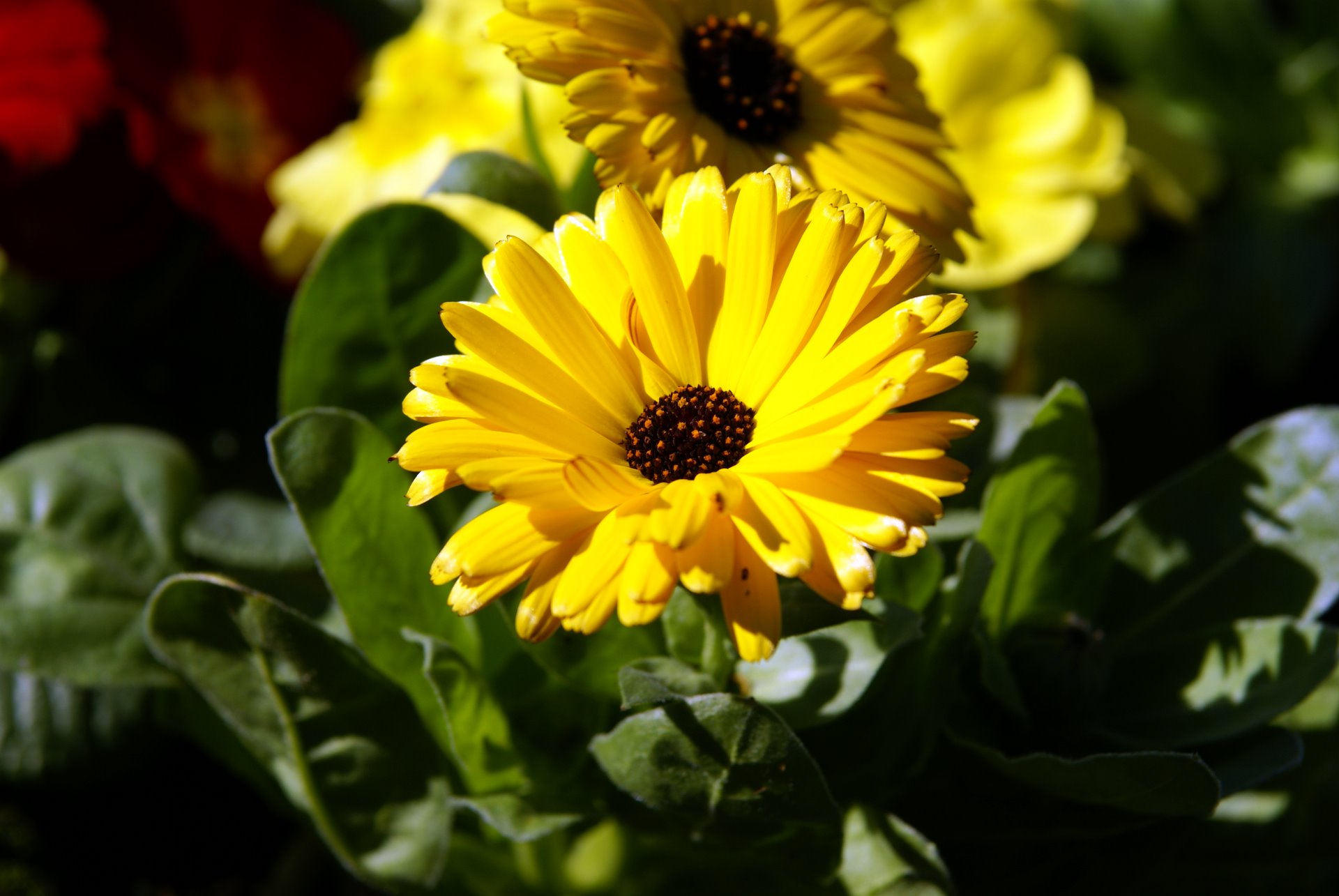
Calendula officinalis (Pot Marigold)
Table Of Content
Calendula officinalis Plant Description
Plant: This annual herb grows about 80 cm tall.
Leaves: The pale green leaves are about 5 – 15 cm long with both sides being hairy.
Flowers: It produces orange, yellow and red flowers.
Fruit: The plant bears achene fruits which are curvey and thorny.
Calendula officinalis Distribution
This plant is native to Central and Southern Europe. At present Calendula officinalis is cultivated all across the world, largely due to its medicinal benefits.
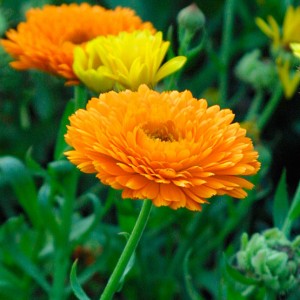 Picture 1 – Calendula officinalis (Pot Marigold)
Picture 1 – Calendula officinalis (Pot Marigold)
Calendula officinalis History
Calendula officinalis is one of the earliest cultivated flowers known. In European countries people have been cultivating this plant since the 12th century. In ancient Greece the flower petals were mainly used for decoration purpose. This plant is also known to be used in ancient Indian and Arabic cultures.
Calendula officinalis Cultivation
Season: The best time to grow this plant is spring and summer when the last frost date is over.
Sunlight: Choose an area in the garden that receives full sunlight.
Soil: This plant can be grown in both rich and light soil. Sow the seeds in a container or in a seed bed while growing it indoors till it sprouts. The minimum spacing between two seeds while growing it outdoors needs to be about 30cm. If necessary compost can also be added.
Water: If the weather conditions are dry water the plant properly.
Calendula officinalis Harvesting
The plant is generally harvested between June and September. The entire flower head is harvested. The whole flower is used to make medicines. Leaves can be picked as soon as they mature.
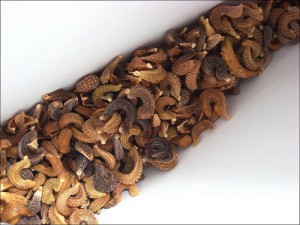 Picture 2 – Calendula officinalis Seed
Picture 2 – Calendula officinalis Seed
Calendula officinalis Properties
The flower contains volatile oil and a bitter compound which has anti-bacterial, anti-inflammatory, healing and soothing effects. They are considered as a significant source of carotenoids, flavonoids, proteins and vitamin C among others.
Calendula officinalis Uses
This species of herbs has various kinds of culinary, cosmetic and medicinal uses
Calendula officinalis Medicinal Uses
Most parts of this plant are used to treat various kinds of health related problems.
- Digestion – Calendula officinalis can give relief from gallbladder problems by stimulating the release of bile from it. This process helps in digestion.
- Astringent – This plant has astringent properties. Therefore, it helps stop bleeding from wounds by causing the tissue to shrink or contract.
- Skin Problems – The essential oil mixed with pure plant cream works well on cracked and dry skin.
- Antibacterial – Lotion made with Calendula officinalis is antibacterial. It is effective against minor infections.
- Anti-inflammatory – Calendula officinalis is useful against various kinds of skin conditions, whether it is caused by injury or infection. It is also effective against bee stings and other insect bites.
- Menstrual cycle – Estrogenic properties in Calendula officinalis is known to affect the menstrual cycle. It is useful for women with irregular menstrual cycles.
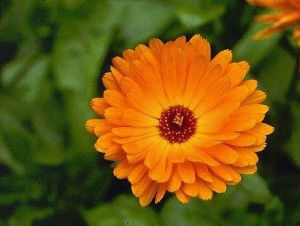 Picture 3 – Calendula officinalis (Pot Marigold) Photo
Picture 3 – Calendula officinalis (Pot Marigold) Photo
Calendula officinalis Culinary Uses
- The flower petals and leaves of this plant are edible. This plant is full of vitamins A and C.
- A yellow dye is produced from the petals of Calendula officinalis. At times, the dye is used as a substitute of saffron.
- The petals are added in soups, rice, custards, milk desserts, omelettes and cookies for flavoring as well as coloring purpose.
- They are also added in salads as garnish.
Calendula officinalis Cosmetic Uses
The extract of petals and leaves is used to make various kinds of cosmetic or personal care products like shampoos, baby oil, skin toners, astringents and lip balms. The extract finds so much utility due to its skin soothing and anti-inflammatory properties.
Calendula officinalis Tincture
Various kinds of tinctures are made from Calendula officinalis plant. These tinctures are used both externally and orally. It is used to treat many skin related problems as it cleans and disinfects rashes, scrapes and stings.
Calendula officinalis Flower Extract
Calendula officinalis extract can be obtained from stems, flowers and leaves. At times the extract is applied on minor wounds for its healing property.
Calendula officinalis Tea
Herbal tea is made from dry flower petals of this plant. The tea is made by boiling two spoonfuls of dried flower petals in 300ml water for 15 to 20 minutes.
Calendula officinalis in Insect Repellent Creams
It is used in insect repellent creams that keep away mosquitoes and flies from the skin.
Calendula officinalis Side Effects
Generally there is no allergic reaction to Calendula officinalis or any product made with this. If anyone faces any allergic reactions then must consult the doctor immediately.
Calendula officinalis during Pregnancy
During pregnancy, it is advisable to consult the doctor regarding the benefits and risks of using Calendula officinalis. During lactation consumption of this herb or its extracts can be risky.
Calendula officinalis Shelf Life
Dried flower petals can also be stored in sealed containers for 6 – 12 months and seeds can be stored for 1 – 2 years.
Calendula officinalis Interesting Facts
Here are some interesting facts about this beautiful flowering plant:
- The name Calendula officinalis has come from “Kalendae”, a Latin word that is the first day of the Roman calendar.
- The flower of this plant is known as the “flower of the rains”. It is said that if the flower opens in the morning then it will rain.
- In ancient times, this flower was used to symbolize everlasting love.
- Nicholas Culpepper, the famous herbalist once called it a “comforter of the heart and spirits.”
- Calendula officinalis flower is considered as one of the most versatile flowers in the garden, by many experts.
- This plant is also popular as an ornamental plant among gardeners as it combines well with other popular plants.
- This herb if often confused with African marigold.
Calendula officinalis Pictures
Here are some picture of this plant and its flowers:
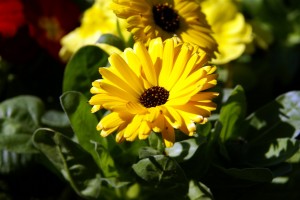 Picture 3 – Calendula officinalis (Pot Marigold) Image
Picture 3 – Calendula officinalis (Pot Marigold) Image
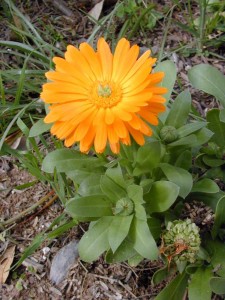 Picture 4 – Calendula officinalis (Pot Marigold) Picture
Picture 4 – Calendula officinalis (Pot Marigold) Picture
References:
http://en.wikipedia.org/wiki/Calendula_officinalis
https://plants.ces.ncsu.edu/plants/calendula-officinalis/
http://www.medicinenet.com/marigold_calendula_officinalis-oral/article.htm
https://www.healthline.com/health/beauty-skin-care/ice-pick-scars
https://pfaf.org/user/Plant.aspx?LatinName=Calendula+officinalis
- by Tuhin Das
- February 4th 2012

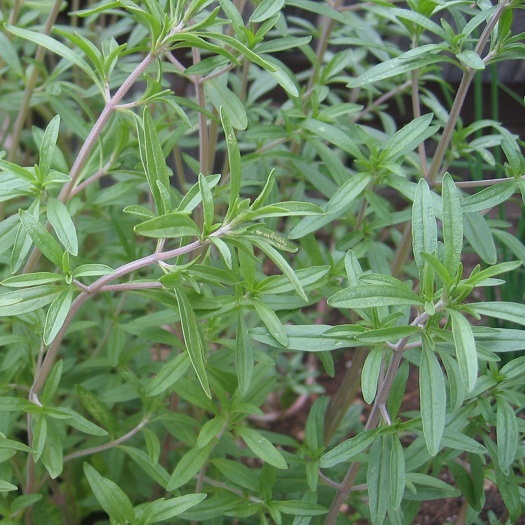
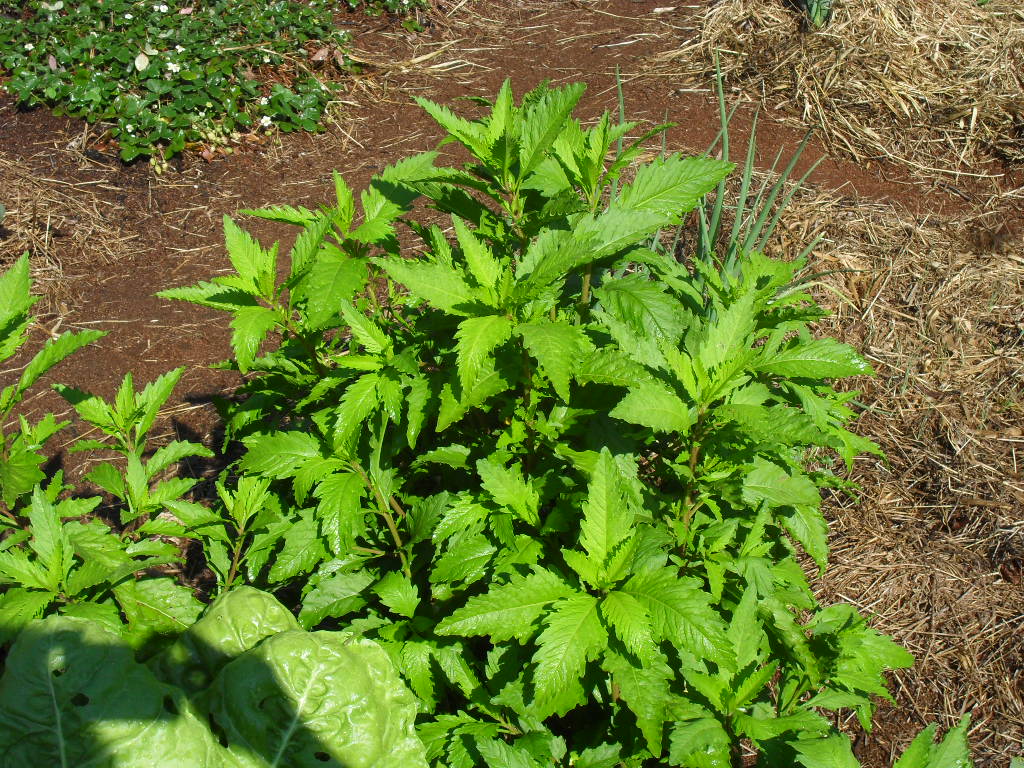

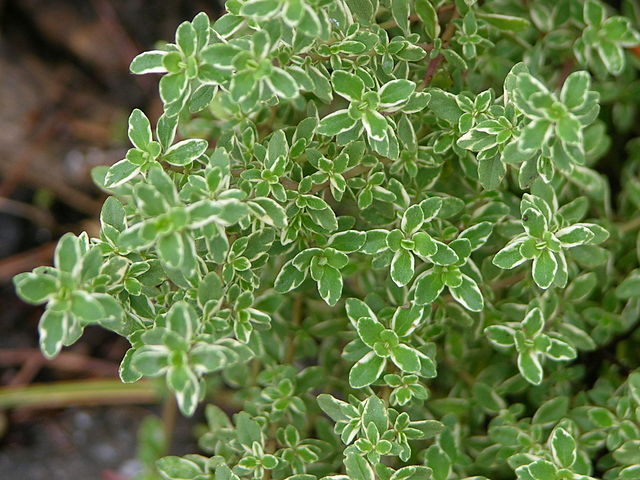
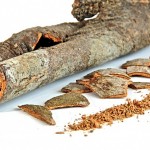
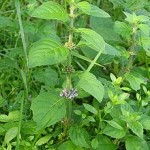
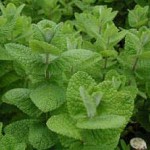
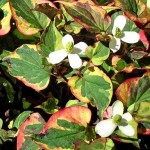
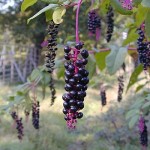

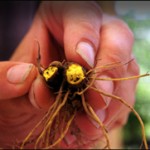

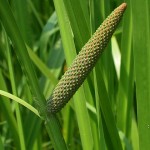





Leave a Reply